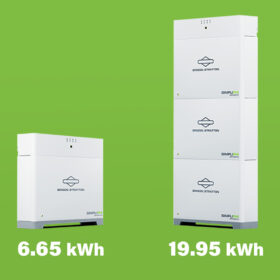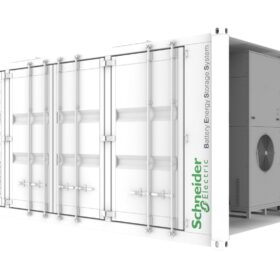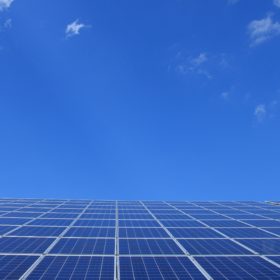The California Public Utilities Commission (CPUC) has released a proposed decision that is expected to be harmful to the value of rooftop solar for renters in multifamily housing, farms, and schools.
The decision sets hard limits on how much electricity produced by rooftop solar can be self-consumed by multi-meter properties. The policy effectively forces customers to first sell their solar production to the utility, and then buy it back at higher rates.
California’s Virtual Net Metering and Net Energy Metering Aggregation programs allow properties with multiple meters to install a single solar array for the entire property, sharing one system’s electricity and associated net metering credits with all customers and meters on the property. This new proposed decision deems that these customers should be limited in how much of their own solar production they can use, even if it is stored in their own battery.
The decision to not let multi-meter properties consume electricity from a system they own and operate comes with a clear motive: profit protection. If a rooftop solar owner is using their own electricity, they aren’t buying it from the utility. The CPUC has shown time and again that protecting utility profits is chief among its functions in the last year of rooftop solar rulemaking decisions.
“It would force customers in multi-meter properties—such as renters, small farmers, schools, and colleges—to sell all of their generation to the utility at low rates and buy it back at full retail rates,” said the California Solar and Storage Association (CALSSA).
The proposed decision is scheduled for a CPUC vote on September 21, 2023.
California’s rooftop solar market has already taken heavy blows to demand in recent months as Net Energy Metering (NEM) 3.0 was implemented, a move that dramatically slashed compensation rates for exporting excess solar production to the grid.
Despite warnings from the industry, environmentalists and California residents that the move would be a devastating blow to residential solar, the California Public Utilities Commission (CPUC) moved forward with NEM 3.0, gutting the value of sending excess local solar generation to the grid.
And despite assurances from NEM 3.0 proponents that the industry would weather the storm and readily start attaching batteries to customer systems, demand is now forecast to fall by nearly 40% in California through next year, according to Wood Mackenzie. The problem has been exacerbated by rising interest rates that have worsened the loan packages offered to customers.
The new proposed decision for multi-meter properties is an example of inconsistent logic from CPUC. While NEM 3.0 was justified on grounds that rooftop solar net metering causes cross-subsidization of rooftop solar customers by non-customers, this new ruling would effectively increase the amount of electricity being net metered. The one consistency: both rulemaking decisions are beneficial to utility profits.
This content is protected by copyright and may not be reused. If you want to cooperate with us and would like to reuse some of our content, please contact: editors@pv-magazine.com.








It is quite evident that the current members of the CPUC must be relieved of their positions, with new members recruited who are actually advocates for THE PUBLIC, not corporate shills. The CPUC as it is now is a sham.